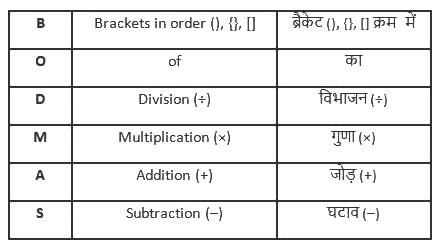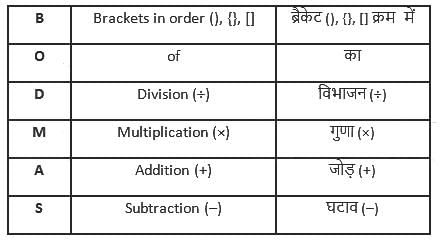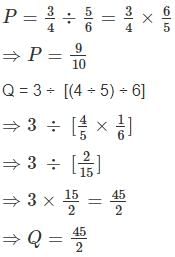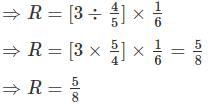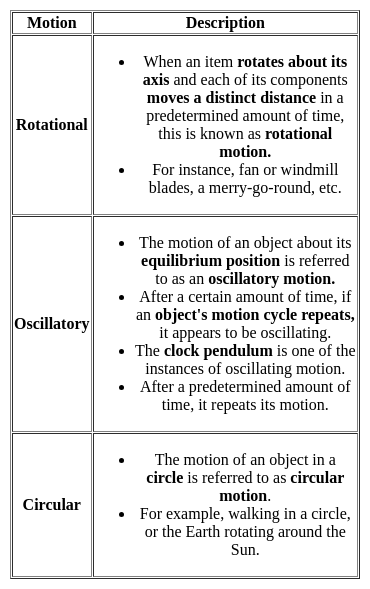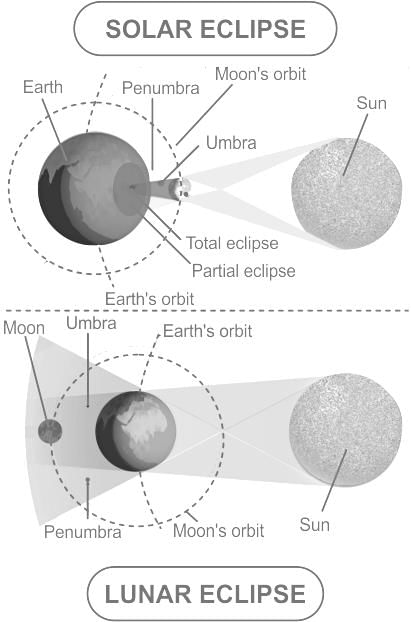KVS PRT Mock Test - 8 - KVS PGT/TGT/PRT MCQ
30 Questions MCQ Test - KVS PRT Mock Test - 8
Select the correct option in order to complete the analogy.
Cup : Lip :: Bird : ?
Directions: In each of the following questions, a sentence has been given in Active (or Passive) Voice. Out of the four alternatives suggested, select the one that best expresses the same sentence in Passive/ Active Voice.
You must look into this matter.
Direction: A word in capital letters is followed by four words. Choose the word that is most nearly opposite in meaning to the word given in capital letters.
EQUIVOCAL
The Charter Act of 1833 made the Governor-General of ______ as the Governor-General of India and vested in him all civil and military powers.
In the Global Remote Work Index (GRWI), what is India's ranking among 108 countries?
'Flower' is related to 'Bud' in the same way as 'Fruit' is related to:
Poor writing skill which consist of poor motor skill and planning is called _____.
Which of these are not principles of child development?
A. Development occurs due to interaction between maturation and experience
B. Experience is the sole determinant of development
C. Development is determined by reinforcement and punishment
D. Development can accurately predict the pace of each individual child
Fill in the blank with an appropriate preposition.
We have been working in this office ________ 2010.
Direction: Find out which part of the sentence has an error and select the appropriate option. If a sentence is free from error, select 'No Error'.
William thinks this is not his book, it is somebody's else.
The following sentence has a word or phrase underlined. Read the sentence carefully and find which part of speech the underlined word belongs to. Indicate your response accordingly.
Penicillin was an extremely significant medical discovery.
Simplify the following expression.
72 − 42 ÷ 6 of 7 × 4 of 3 ÷ 4 × 3 − 5
If  Q = 3 ÷ [(4 ÷ 5) ÷ 6], R = [3 ÷ (4 ÷ 5)] ÷ 6 and S = 3 ÷ 4(5 ÷ 6) then
Q = 3 ÷ [(4 ÷ 5) ÷ 6], R = [3 ÷ (4 ÷ 5)] ÷ 6 and S = 3 ÷ 4(5 ÷ 6) then



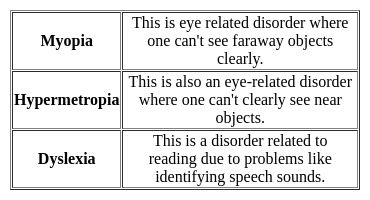
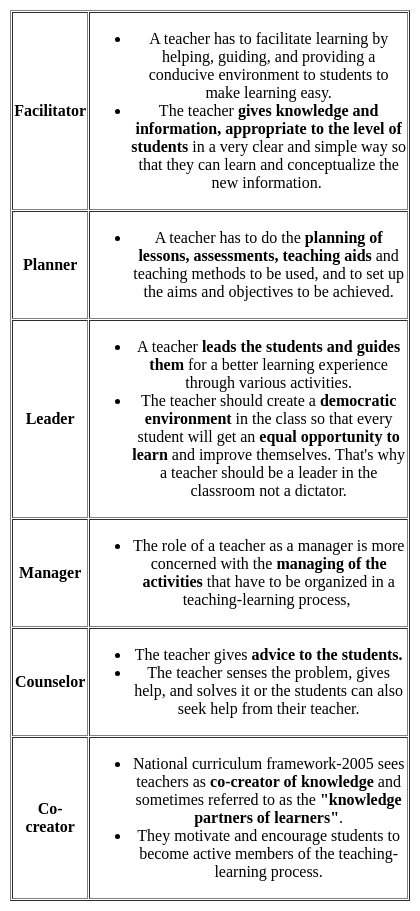

 is 50 x K3, Find the value of K?
is 50 x K3, Find the value of K?
